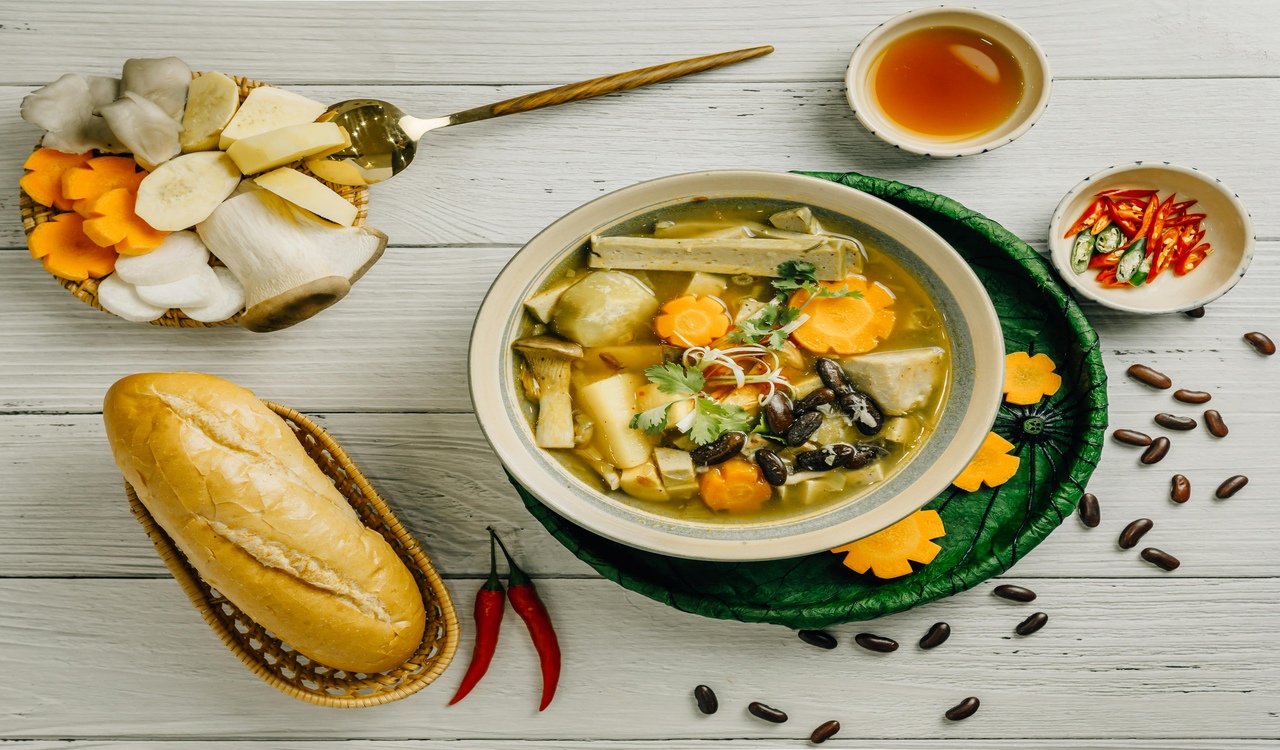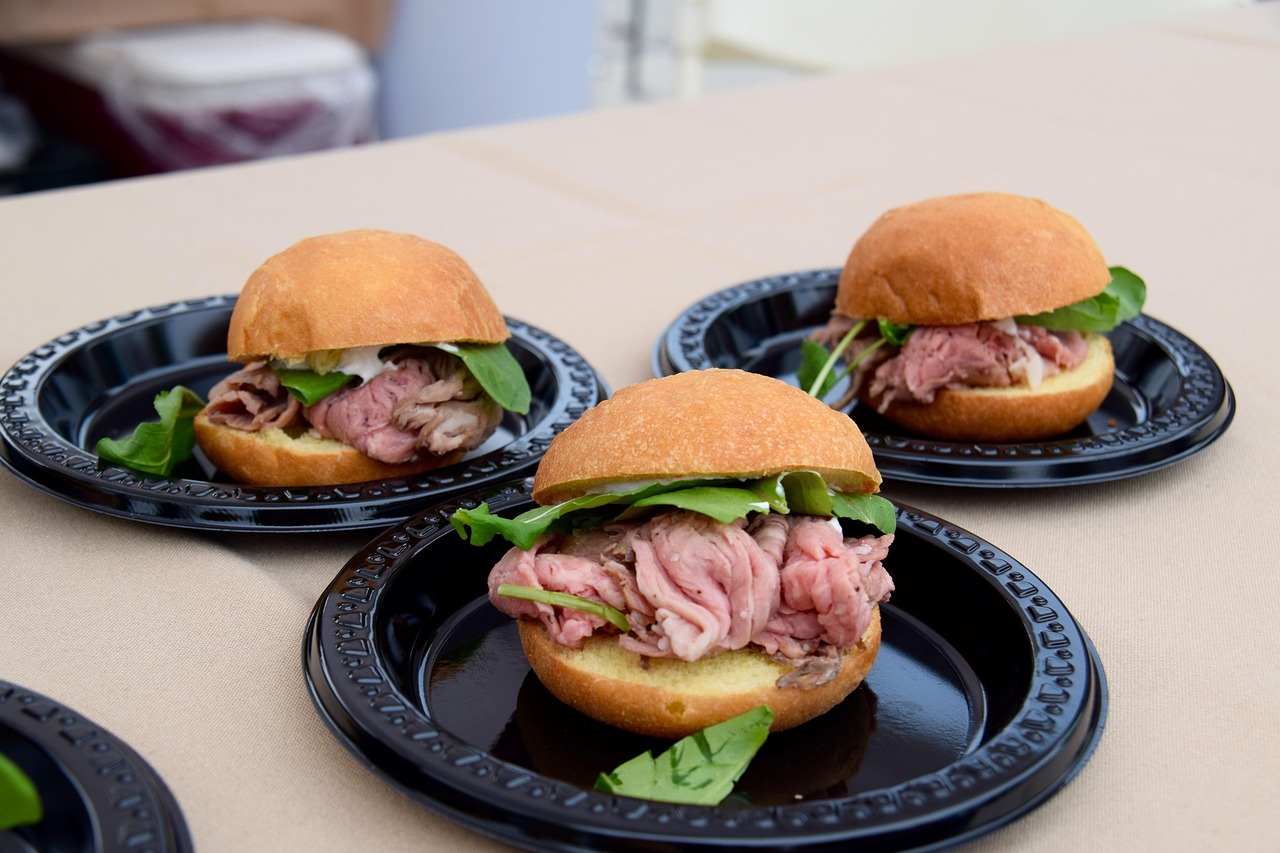10 Best Cooking Oils For Crisp, Safe Deep Frying

Deep frying may not be the healthiest cooking method, but it is one of the most satisfying when you want food that’s golden, crunchy, and flavorful. The oil you choose plays a huge role in achieving that crisp finish without burning or bitterness. High smoke point oils are essential because they can withstand intense heat while keeping food light and tasty. Here are ten of the best oils for deep frying that deliver delicious and consistent results.
Peanut Oil

Peanut oil has long been a classic choice for deep frying because of its high smoke point (around 450°F) and mild, nutty flavor. It produces light, crispy results in fried chicken, French fries, and tempura, without overshadowing the natural taste of the food. It also retains its quality longer than many other oils, making it ideal for batch frying. Peanut oil’s stability under heat makes it popular in both homes and commercial kitchens where consistent, golden fried food is the goal.
Canola Oil
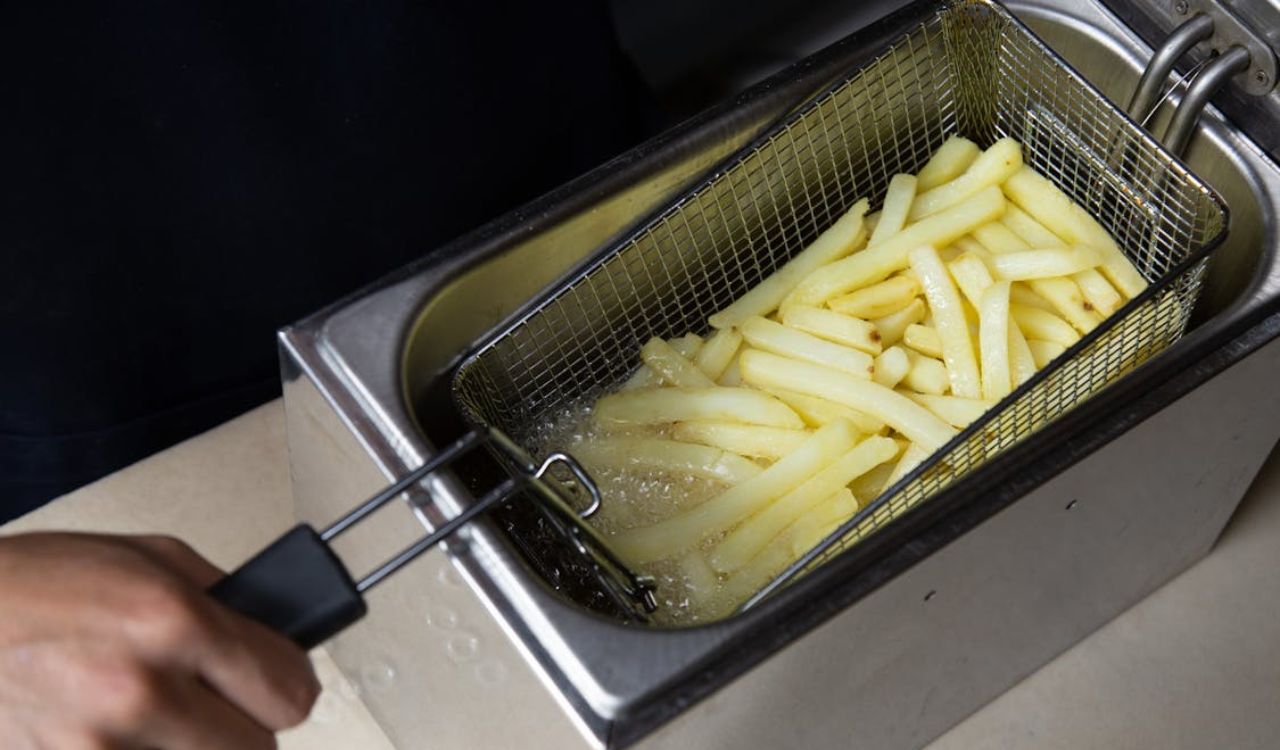
Canola oil is widely used for deep frying thanks to its affordability, accessibility, and neutral flavor. With a refined smoke point closer to 425–450°F, it handles classics like onion rings, doughnuts, and fried snacks with ease. Its lighter absorption helps food stay crisp rather than greasy. Since it doesn’t overpower flavors and is budget-friendly, canola oil remains one of the most practical and reliable choices for everyday frying at home.
Vegetable Oil

Vegetable oil, often a blend of soybean, corn, or sunflower oil, is one of the most accessible frying choices. With a smoke point between 400–450°F, it handles high-heat frying tasks with ease. Its neutral profile ensures it won’t affect the flavor of your food, making it a versatile option for everything from fries to fried chicken. Because it’s affordable and available in bulk, vegetable oil is particularly convenient for cooking large quantities, like when preparing party platters of crispy appetizers.
Sunflower Oil
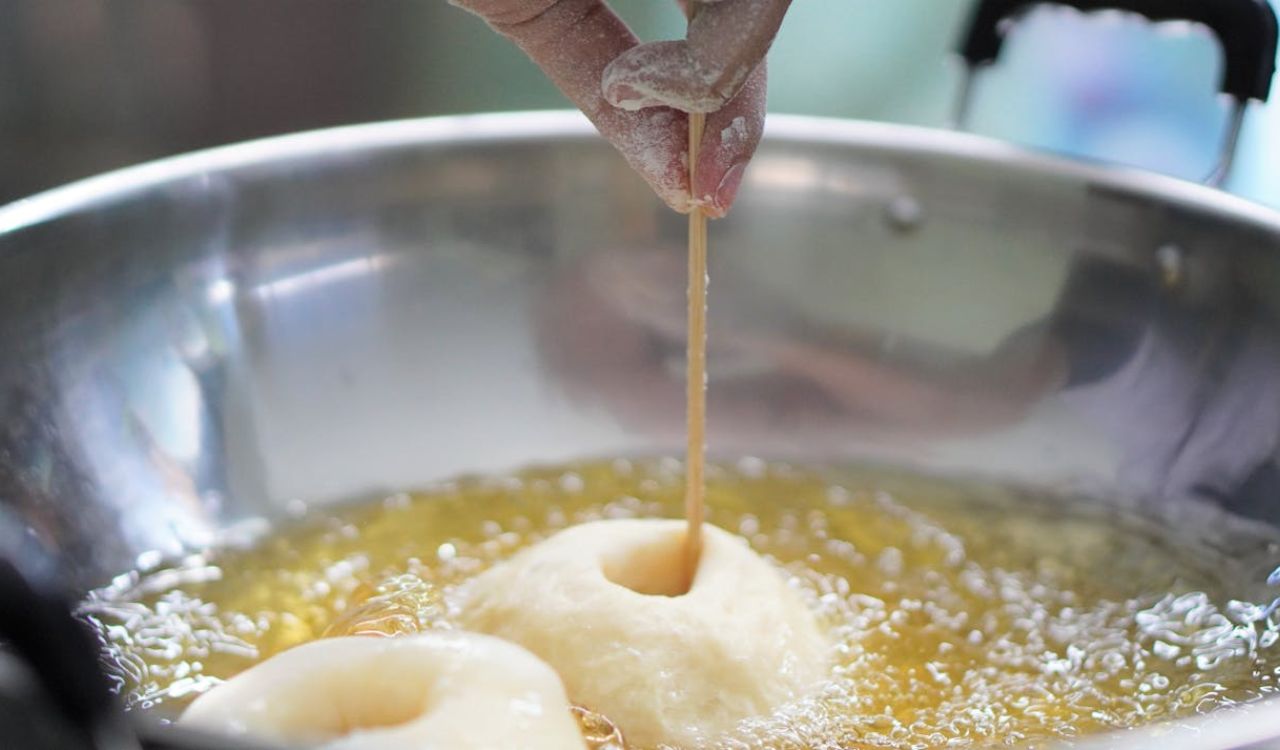
Sunflower oil is excellent for deep frying, offering a refined smoke point of about 440°F and a very light flavor. The key here is choosing high oleic sunflower oil, which is far more stable during long cooks and repeated use. It delivers crisp, golden fries, fish, or pastries without leaving a heavy aftertaste. Affordable and widely available, sunflower oil, especially in its high oleic form, is a dependable option for both casual and frequent frying.
Corn Oil
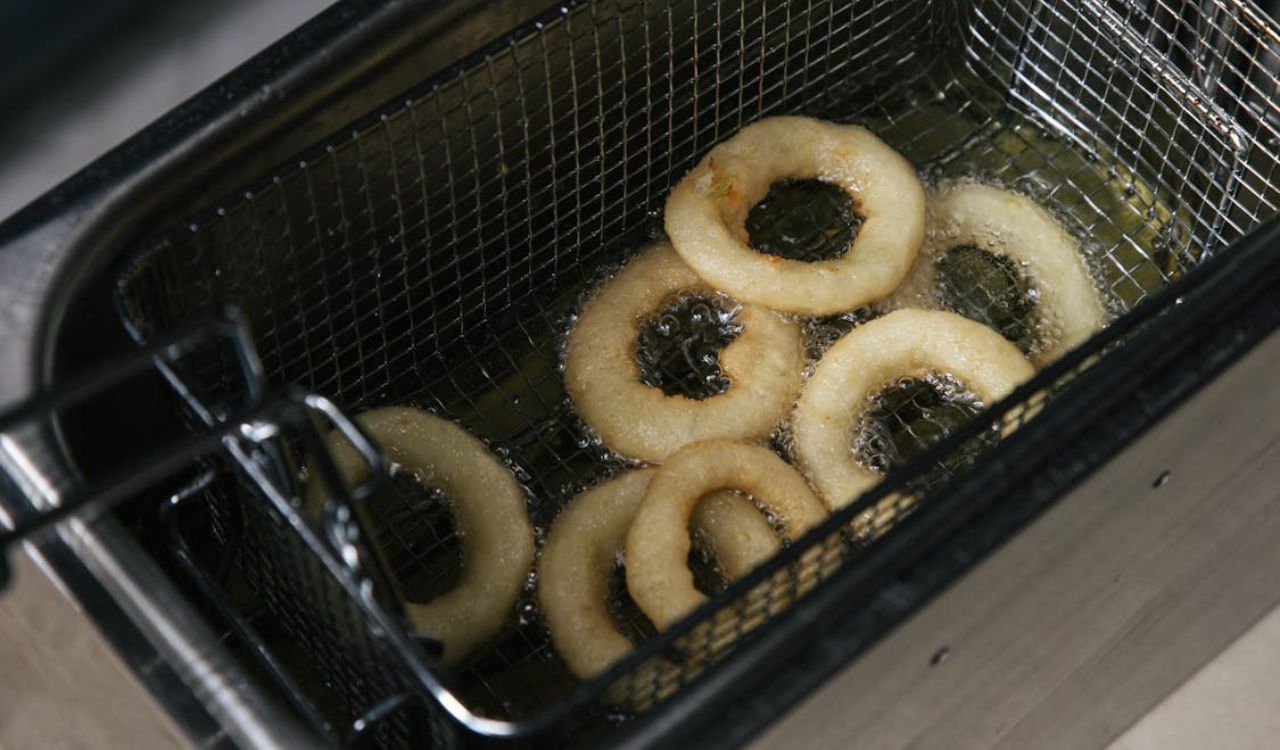
Corn oil is often favored in restaurants because it combines affordability with a high smoke point around 450°F. It delivers evenly crisp exteriors on fried chicken, onion rings, or desserts like churros without overpowering the food’s natural flavors. Corn oil’s mild sweetness works especially well for deep-fried treats. Its ability to perform consistently at high volumes makes it a strong option for both home cooks and commercial use when preparing large batches.
Rice Bran Oil

Rice bran oil has grown in popularity due to its high smoke point (around 450°F) and light, clean taste. Foods fried in rice bran oil often feel less greasy, making it ideal for battered seafood, vegetable fritters, or snack foods. It also withstands reuse better than many other oils, stretching its value over time. While it is slightly more expensive than standard oils, its balance of performance and quality makes it worth considering for cooks who want lighter, crisp fried foods.
Grapeseed Oil

With a smoke point near 420°F, refined grapeseed oil creates a light, crisp finish that works well for tempura, seafood, and fried cheeses. Its delicate flavor won’t overshadow ingredients, but it is less heat-stable than peanut or rice bran oil, so it’s best for smaller batches rather than heavy-duty frying. Though pricier than bulk oils, grapeseed shines when a clean flavor and golden crunch are more important than cost or long reuse cycles.
Soybean Oil

Soybean oil is widely used in commercial kitchens because it is inexpensive, neutral in taste, and stable at high heat. With a smoke point of about 450°F, it performs reliably for fried chicken, French fries, and other comfort food favorites. Its affordability makes it a practical choice for large-scale cooking and batch frying. While it doesn’t offer the subtle flavor enhancements of premium oils, it consistently produces crisp textures at a cost that suits both home cooks and restaurants.
Avocado Oil
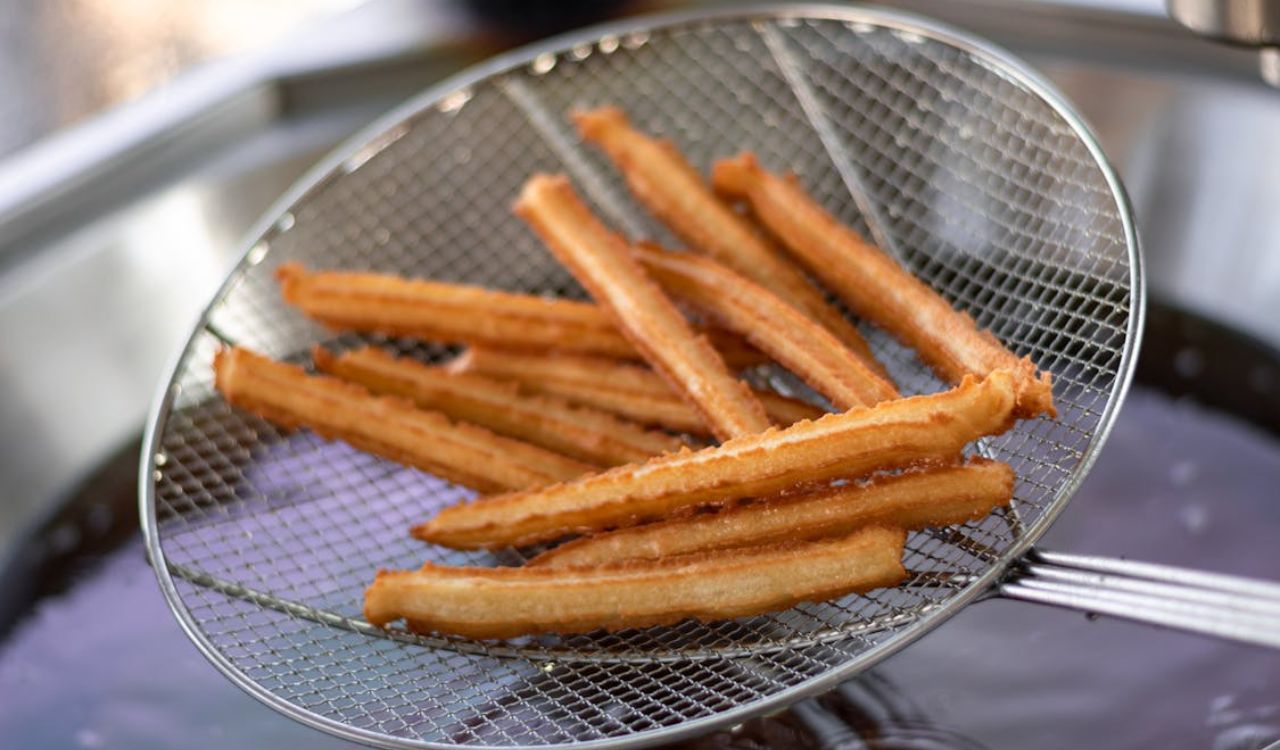
Avocado oil is a standout frying option, with refined varieties reaching a smoke point of around 500°F. It delivers a clean, mild taste and keeps food exceptionally crisp, whether frying chicken tenders or sweet desserts. Unrefined avocado oil smokes at much lower temps, so it isn’t suited for deep frying. More costly than most oils, refined avocado oil is best for cooks who want premium performance and a golden finish that holds up across several reuses.
Palm Oil
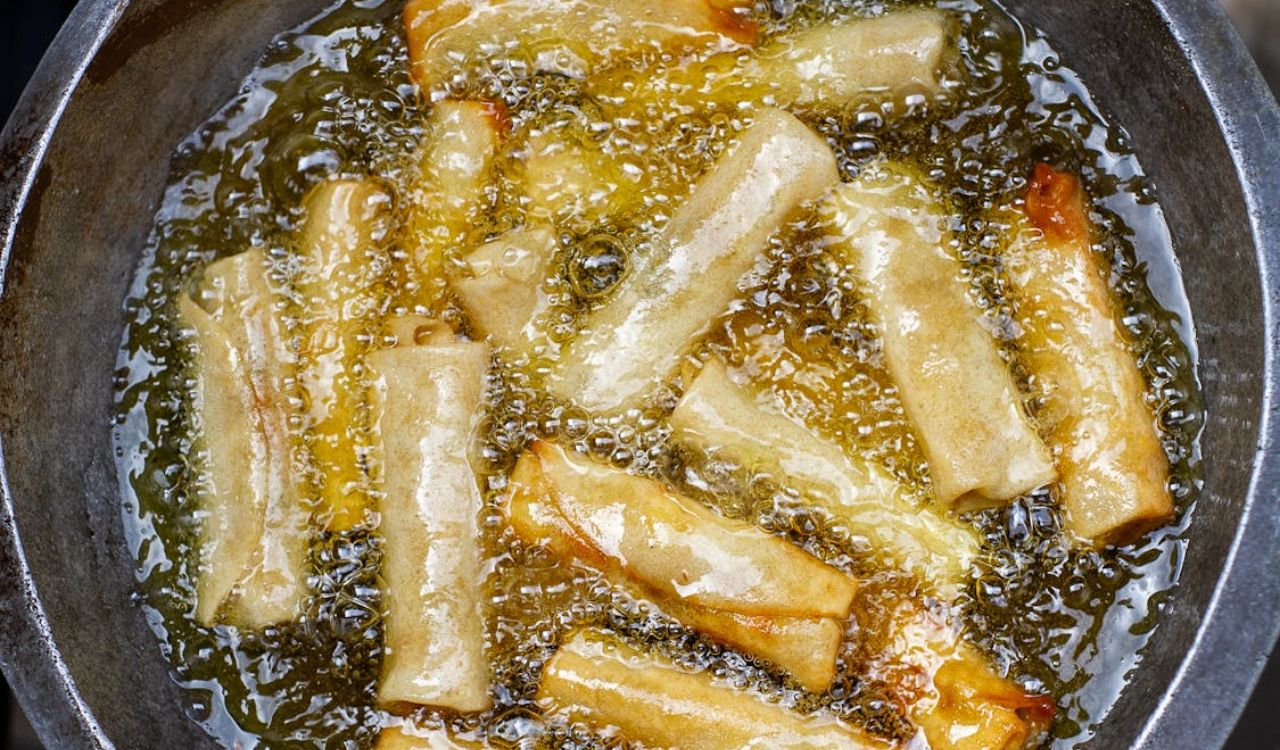
Palm oil is widely used in commercial kitchens thanks to its high smoke point (about 450°F) and ability to stay stable under continuous heat. It delivers evenly crisp fries, chicken, or snacks without altering flavor, and resists breaking down after repeated use. However, palm oil raises environmental concerns due to deforestation and habitat loss, so sourcing sustainable or certified versions is important. Practical yet controversial, it remains a strong frying workhorse.


